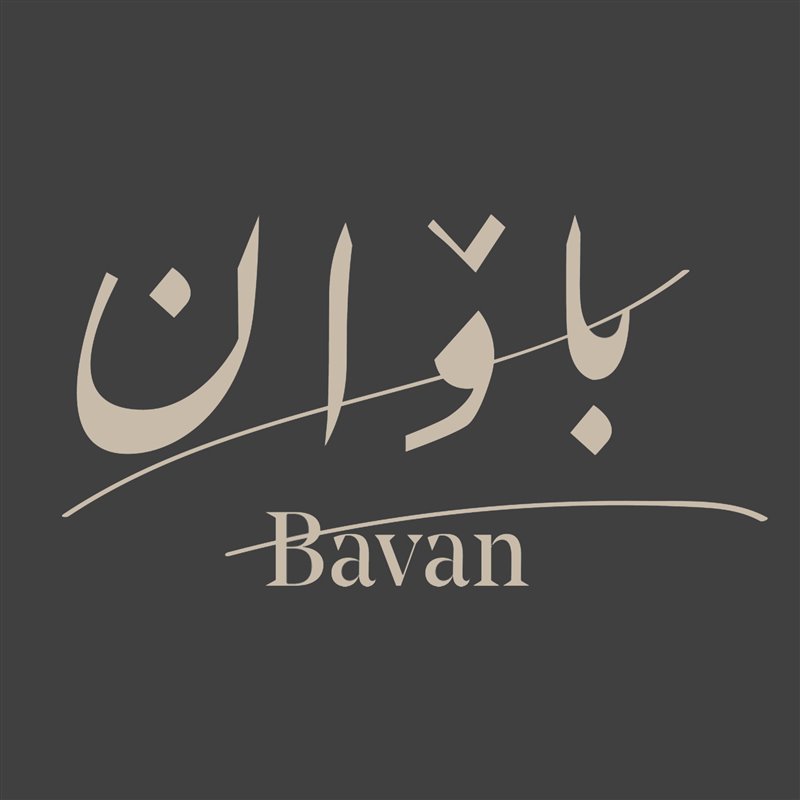 Bavan Gallery
Bavan Gallery
The year 1971 marks a pivotal moment in Mohsen Vaziri Moghaddam's artistic career. A significant exhibition of his articulated wooden sculptures took place that year at the Iran-America Society in Tehran, showcasing a new level of innovation in his work. During this period, he focuses on creating large-scale sculptures characterized by elongated and jagged arms that are connected to the central parts with joints, allowing for handling and movement. These sculptures emerge from the intersection of flat, colorful plates, enabling the artist to expand his artistic repertoire into three-dimensional space. Although he had previously identified himself primarily as a painter, this exploration into sculpture demonstrates his willingness to push boundaries and embrace new artistic experiences.
These sketches demonstrate the procedure of the artist's exploration of the modern idea of composition, revealing his continued interest in painting during a period he focused on sculpture. These works showcase Vaziri’s command on foundational modern painting basics, with a fluid and vibrant approach evident throughout his practice. Notably, his abstract approach differs from many non-western artists as it does not rely on decorative or ornamental elements based on native motifs. Instead, it is rooted in classic modernist methods such as Cubist space analysis and the interplay of visual elements. Examining the circle of artists who were friends and companions of Vaziri Moghaddam during this period, particularly Piero Dorazio (1927-2005), sheds light on their connections and mutual influences.
